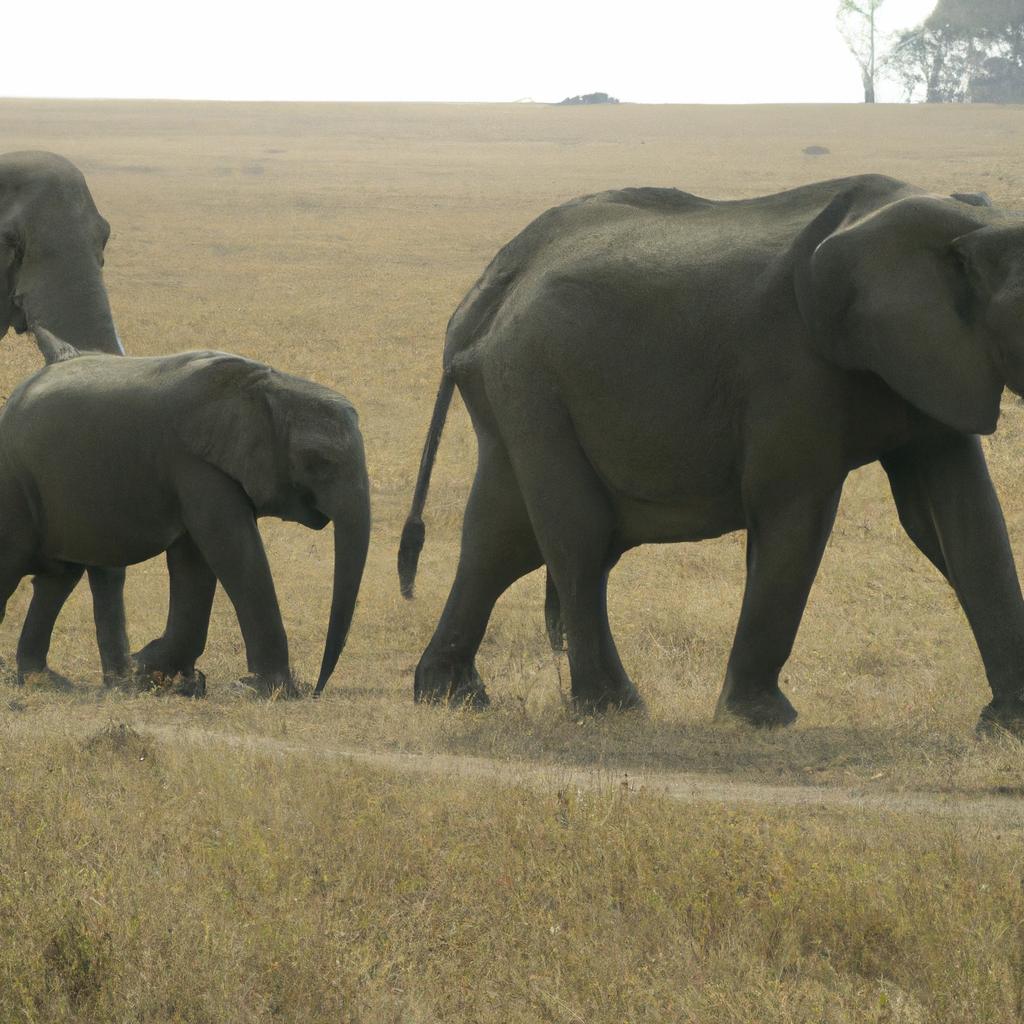The Serengeti National Park in Tanzania and Kenya is a wildlife haven like no other. Every year, it attracts millions of visitors from around the world, drawn by its iconic landscapes and impressive array of wildlife species. From its vast savannah grasslands to its majestic acacia trees, the Serengeti offers a truly unforgettable experience for nature enthusiasts.
Overview of the Serengeti National Park
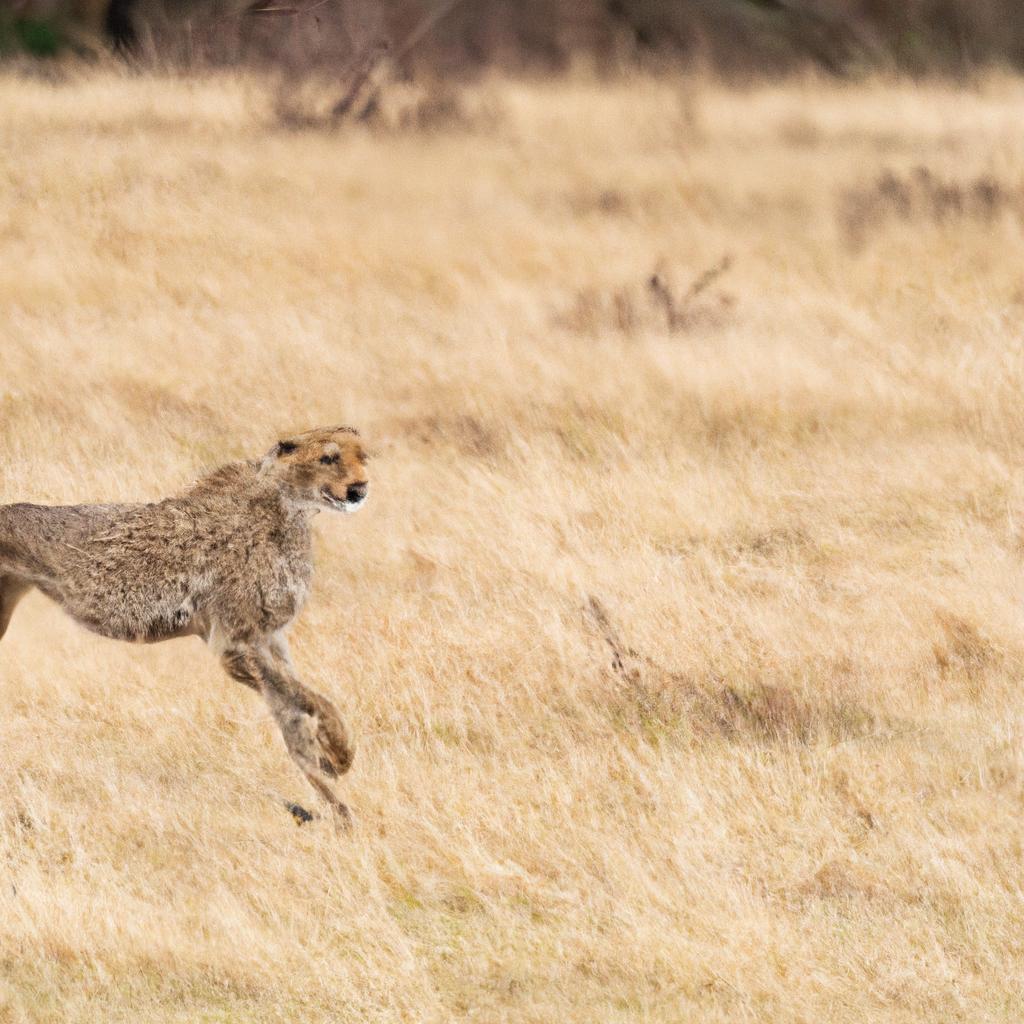
The Serengeti National Park covers an impressive 14,763 sq km, stretching across both Tanzania and Kenya. It is part of the larger Serengeti ecosystem, which spans a total area of 30,000 sq km and includes protected areas in both countries. The park is best known for its annual migration of over one million wildebeest, who travel in a clockwise direction around the park in search of fresh grass.
Importance of the Serengeti National Park
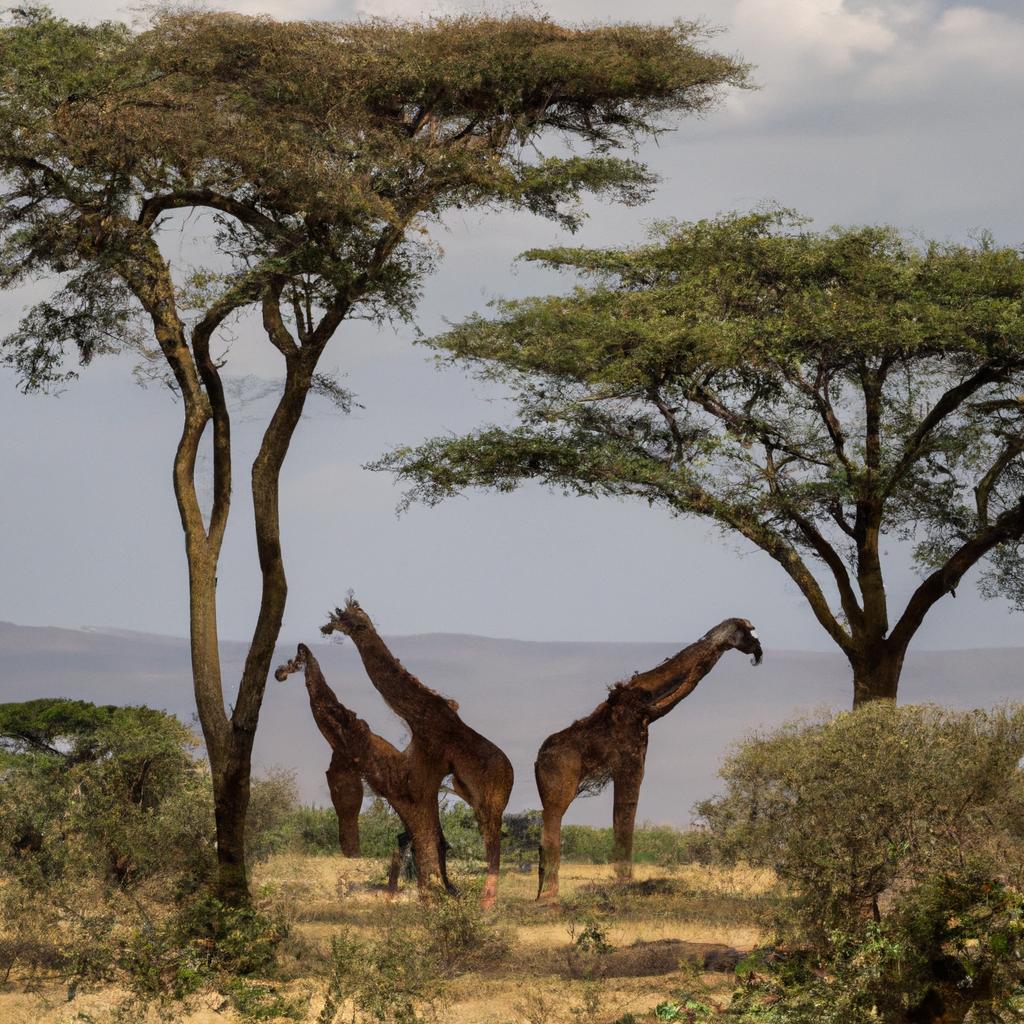
The Serengeti National Park plays a vital role in wildlife conservation and the protection of the Serengeti ecosystem. As one of the last remaining large-scale ecosystems in the world, its conservation efforts are of utmost importance. This includes safeguarding the annual wildebeest migration, one of the most significant natural events on the planet.
Moreover, the park’s conservation initiatives contribute to the local economy, creating job opportunities and generating revenue through tourism. The Serengeti National Park is not only a critical conservation area but also an essential pillar of the local economy, instilling national pride in both Tanzania and Kenya.
History of the Serengeti National Park
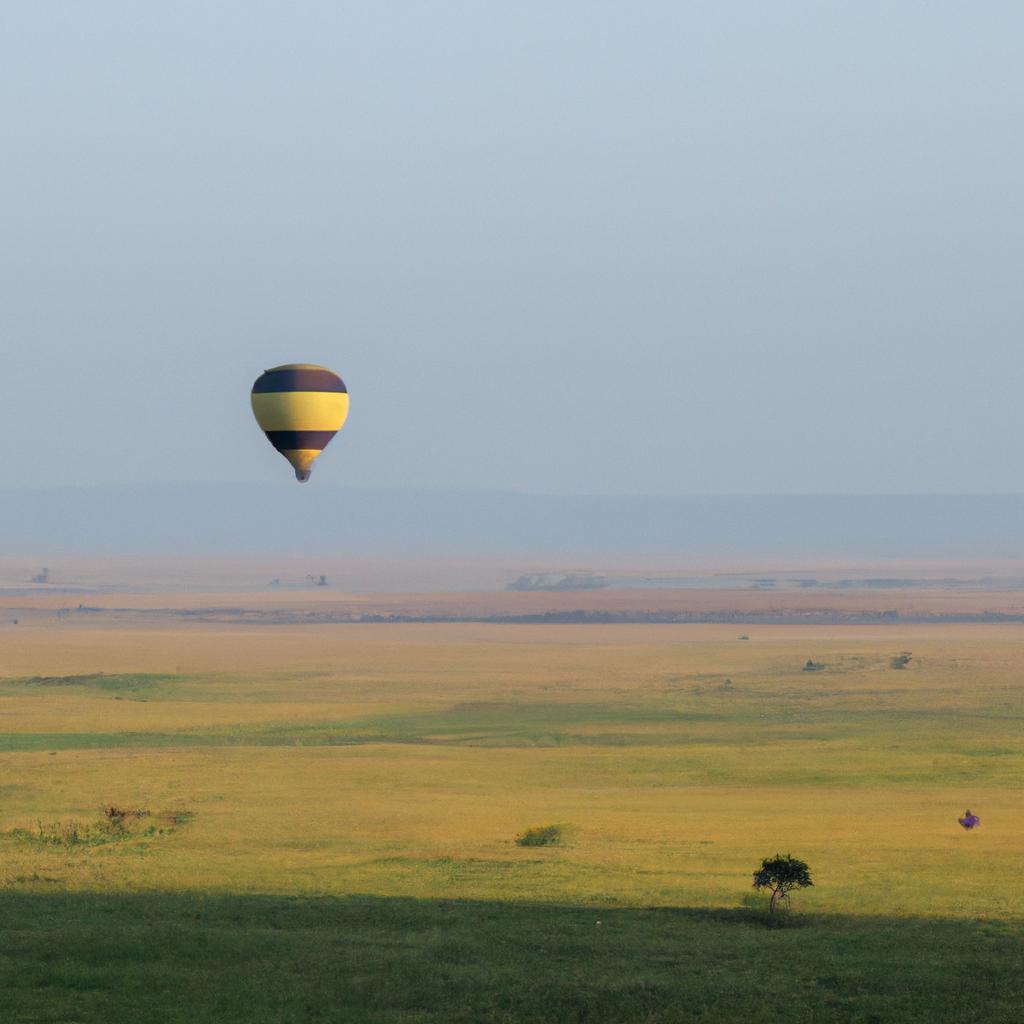
The Serengeti National Park has a rich history dating back to the early 20th century when it was first designated as a game reserve. In 1951, the park was officially established, covering an area of 2.7 million acres. Over the years, it has undergone significant development and expansion, including the creation of additional protected areas such as the Ngorongoro Conservation Area.
The park’s management has also evolved, with the Tanzanian government taking a more active role in its conservation efforts. Today, the Tanzania National Parks Authority oversees the day-to-day operations and preservation of the park.
Geography and Climate of the Serengeti National Park
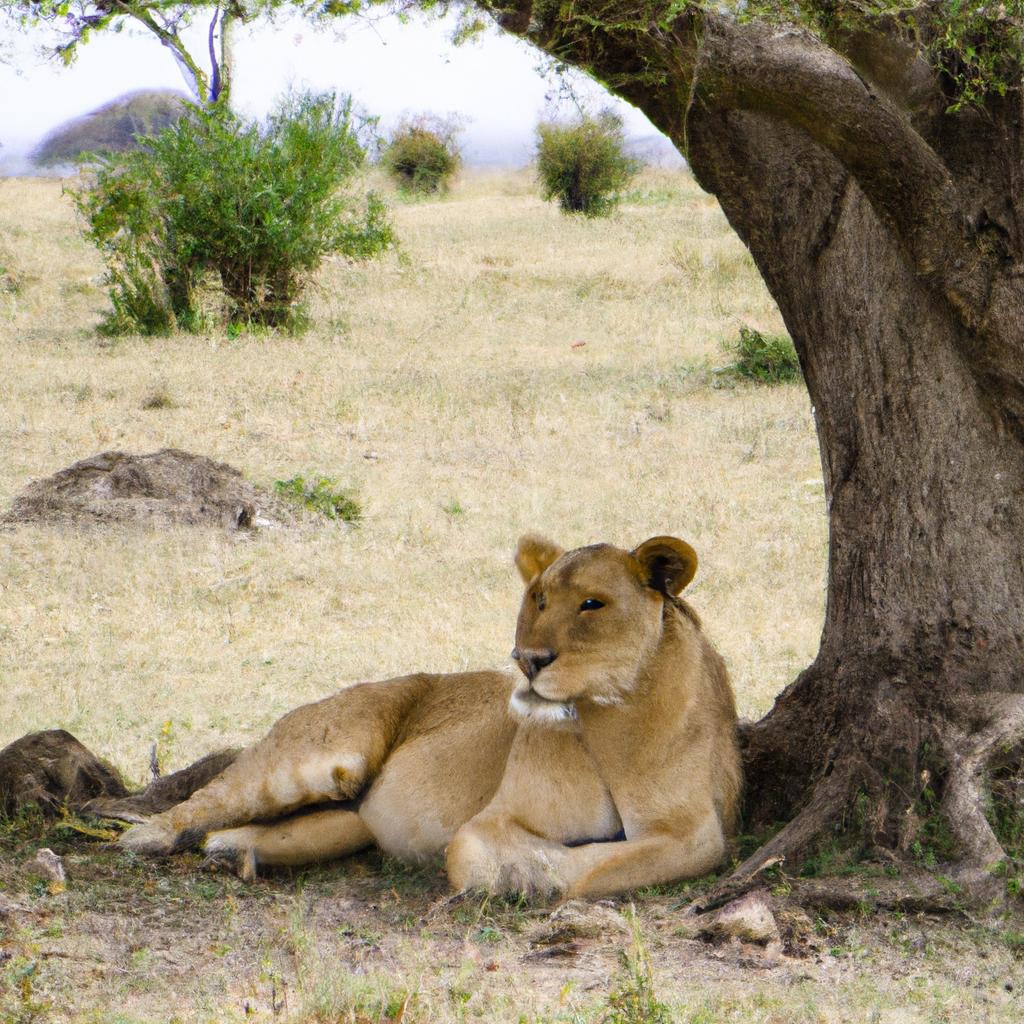
The Serengeti National Park’s landscape is a stunning blend of vast grasslands, woodlands, and acacia savannahs that provide a habitat for a diverse range of wildlife. Situated in the Serengeti plateau, at an elevation of 1,200 to 1,800 meters above sea level, the park offers mostly flat terrain, with scattered hills and rocky outcrops.
The park experiences a tropical climate, characterized by two distinct seasons. The wet season, from November to May, brings heavy rainfall, nourishing the lush vegetation and creating a paradise for wildlife. During the dry season, from June to October, the park’s grasslands dry up, allowing for easier wildlife spotting around watering holes and rivers.
Wildlife in the Serengeti National Park
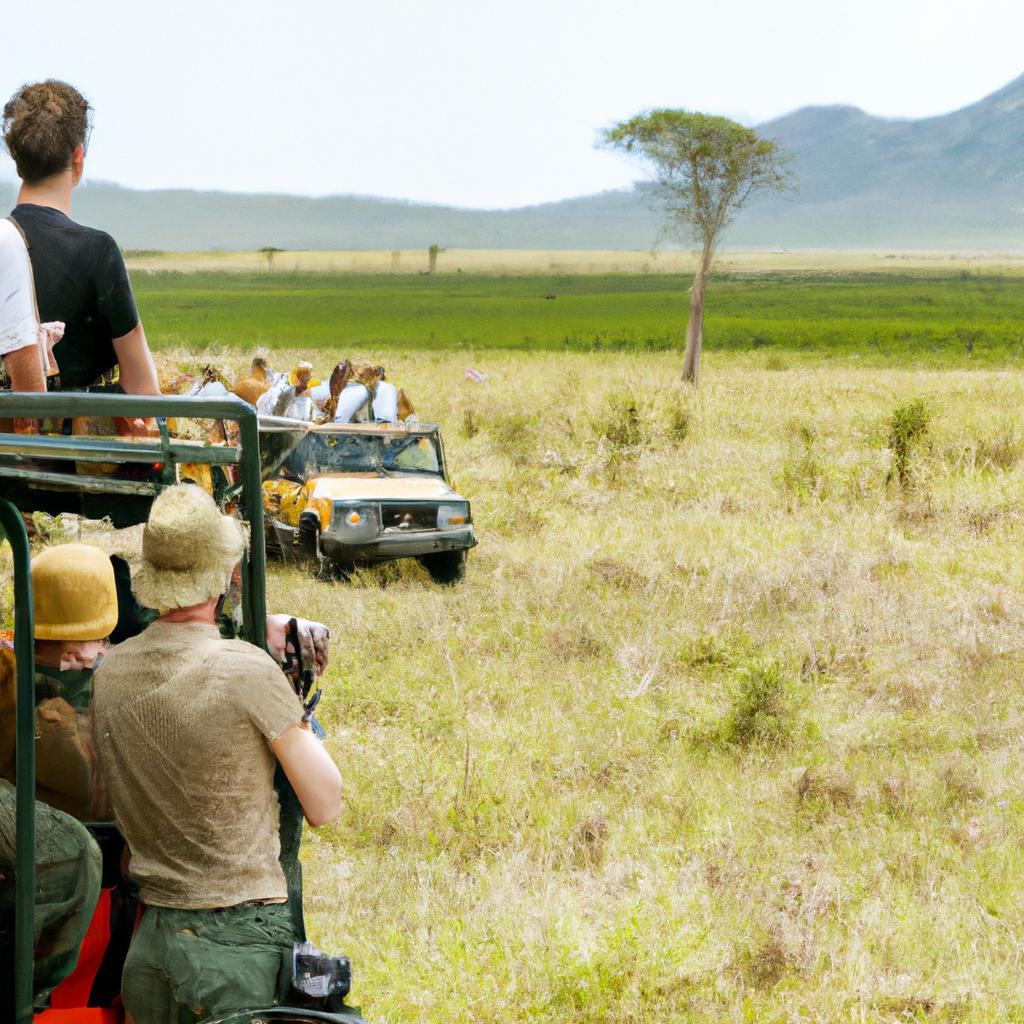
The Serengeti National Park is home to an astonishing variety of wildlife species, making it one of the world’s top wildlife destinations. Large herds of herbivores, including wildebeest, zebras, gazelles, and giraffes, roam the park’s ecosystem. These herbivores, in turn, sustain populations of predators such as lions, cheetahs, leopards, hyenas, and wild dogs.
With over 500 bird species, the park is also a paradise for bird-watchers, offering sightings of raptors, ostriches, storks, and various waterbirds. However, the park’s most extraordinary event is the annual wildebeest migration, which captivates visitors as millions of wildebeest, accompanied by zebras and gazelles, embark on their epic journey.
Overall, the Serengeti National Park provides a remarkable opportunity to witness iconic wildlife species in their natural habitat. It is crucial for visitors to respect the park’s rules and regulations to ensure the preservation of its delicate biodiversity for generations to come.
Tourism in the Serengeti National Park
The Serengeti National Park is a magnet for tourists, attracting over 350,000 visitors each year. It offers a unique chance to immerse oneself in nature’s beauty and observe wildlife up close in their natural surroundings.
Visitors can partake in various activities, including game drives, hot air balloon safaris, walking safaris, and cultural visits to nearby Maasai villages. The park provides a range of accommodation options, from lodges to tented camps and campsites, catering to different budgets and preferences.
Tourism in the Serengeti National Park not only supports conservation efforts but also contributes to the local economy. It is vital, however, to practice sustainable tourism to minimize any negative impact on the park’s delicate ecosystem. The park’s management is dedicated to promoting responsible tourism practices and protecting the environment and wildlife.
Conservation Efforts in the Serengeti National Park
The Serengeti National Park is at the forefront of global conservation efforts, with its protection and preservation being of utmost importance. The park faces significant challenges, including habitat loss, poaching, and human-wildlife conflict.
To combat these challenges, the park’s management has implemented a range of conservation initiatives. Anti-poaching patrols, habitat restoration programs, and community engagement efforts are just a few examples. The park also collaborates with local and international conservation organizations to ensure the continuity of its conservation work and protection of its unique biodiversity.
While the park’s conservation efforts have been successful, ongoing work is necessary to safeguard its ecosystem and wildlife. By continuing to address conservation challenges and promoting sustainability, the Serengeti National Park can thrive well into the future.
